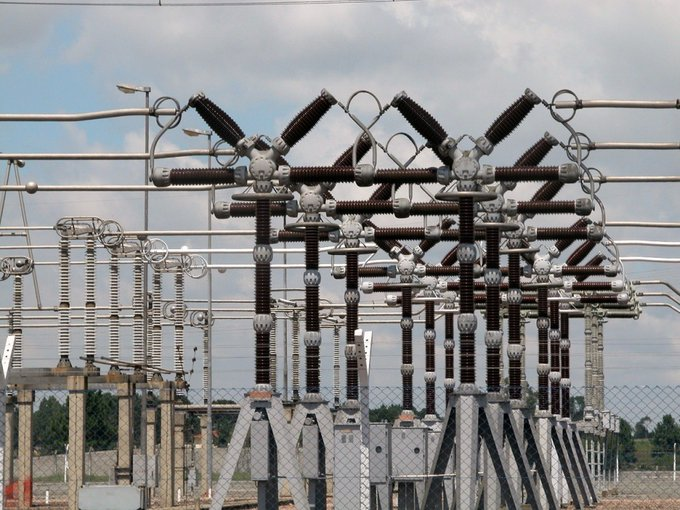In the secondary market, the average yield on Nigerian Treasury notes increased as investors and portfolio holders lowered their positions. Because of the requirement for liquidity even as inflation continues to hurt market returns, a risk-off mindset has emerged.
According to dealers, the majority of Treasury bill sales happened near the belly of the curve, and investors expressed interest for a brief period of time.
However, financing levels did somewhat increase yesterday, which led to a divergence in money market rates. As per the analysts’ separate report, the overnight lending rate decreased by 8 basis points to 32%, based on data cited by FMDQ Securities Exchange. In the money market, the open repo rate printed at 31.32%.
The absence of significant inflows into the system has lifted the funding rate above 30%, a development supported by monetary policy rate hikes this year. Despite the fact that real return, interest yield is exposed to inflation, the market continues to rally.
Investors are pumping funds into naira assets due to a dearth of alternative investors’ options except the riskier equities market. In 2024, the Central Bank of Nigeria (CBN) lifted spot rates at various primary market auctions it has conducted.
The apex bank has been using higher rates to lure foreign investors into the economy. The spot rate on OMO bills crossed 22% yesterday, though Treasury bills have seen much more. >>> Investors Get 21.50% Interest Rate on OMO Bills
Yesterday, Nigerian Treasury bills trading activity in the secondary market was bearish due to risk off sentiment triggered by uncertainties in the macroeconomic space. The average yield expanded by 8 bps to 21.8%.
Traders said the average yield pared at the short (-1bp) end following buying interest in the 8-day to maturity (-2bps) bills but expanded at the mid (+30bps) segment due to sell pressures on the 148-day to maturity (+150bps) bill.
Elsewhere, the average yield was unchanged at the long end. Conversely, the average yield dipped by 1 bp to 21.5% in the OMO segment.












